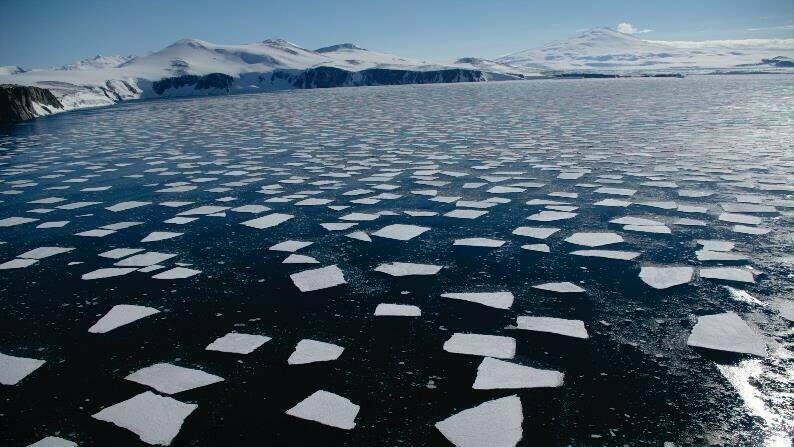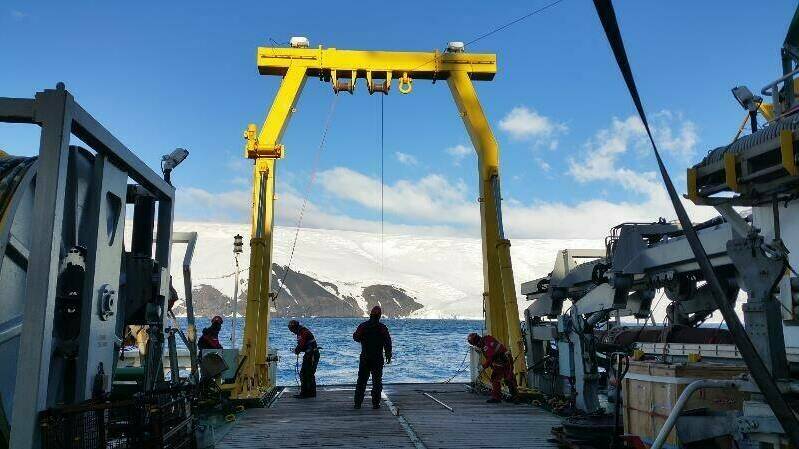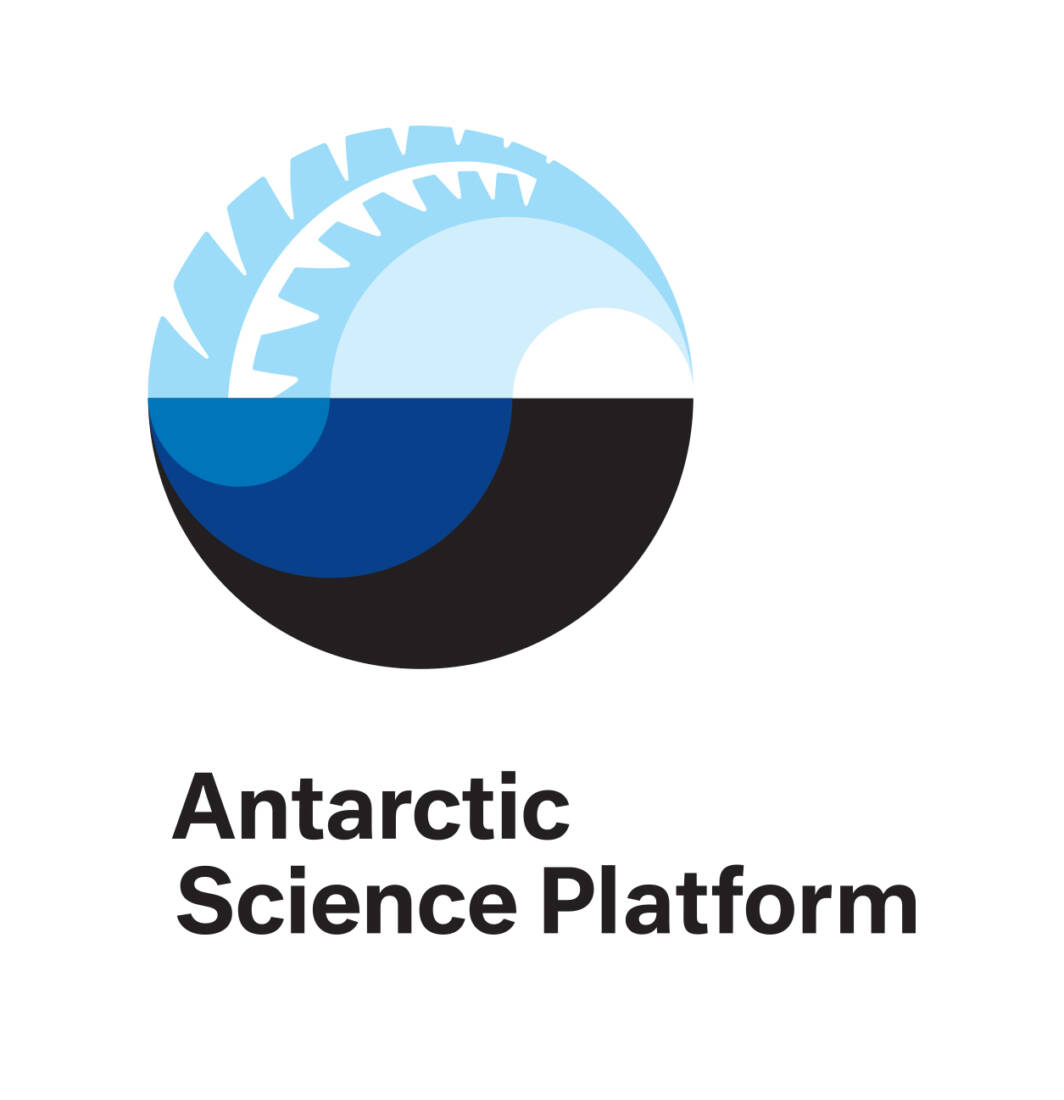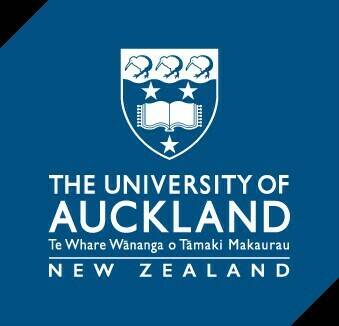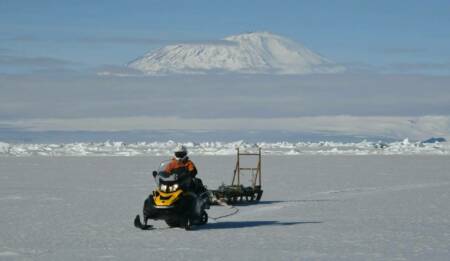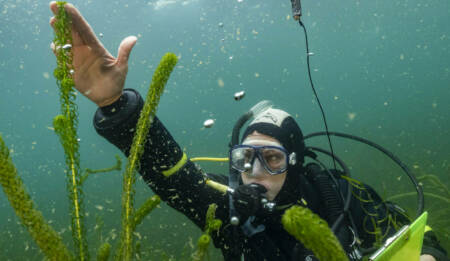Polynya as a Global Ventilator: LIONESS-WRS Project
Polynya are areas around the Antarctic coast that are ice-free mostly due to the very strong katabatic winds that blow off the continent. While relatively small in area, polynya have a global impact in two ways. Firstly, they are sea ice factories. And second, the formation of sea ice influences how the entire planet’s oceans circulate.

Background
Coastal polynya around Antarctica are a vital ocean-atmosphere coupling point. Strong katabatic winds produce sea ice. Sea ice influences how much sunlight is reflected as well as being a major biological habitat. The production of sea ice results in the formation of cold, salty water that then sinks to the ocean floor and joins the ~1000 yr global thermohaline circulation. These remarkable regions can be only maybe 100 km in any one dimension yet influence the entire plant for the next millennium. For example, the modest sized Terra Nova Bay Polynya contributes 4% of the total Antarctic sea ice.
Project details
It is, however, not easy to get data on how the ocean is working when it teeters between liquid and solid and is swept by 100km/hr winds as well as icebergs. LIONESS-WRS (Land-Ice/Ocean Network Exploration with Semi-Autonomous Systems Western Ross Sea) is an international initiative operating since 2015. It is led by the Korean Polar Research Institute (Dr Won Sang Lee) with significant contributions from New Zealand, Canada, Australia and the USA. LIONESS-WRS utilises the latest in ocean technology including hydrographic moorings, turbulence sensing packages, airborne sensors and autonomous underwater vehicles. These deployments are all made possible through the South Korean IBRV Araon icebreaking research vessel. As part of this effort, New Zealand (Assoc. Prof. Craig Stevens) is maintaining a moored hydrographic array around the Drygalski Ice Tongue, the largest surviving floating glacier on the planet which is a major contributor to the Terra Nova Bay Polynya. The NZ contribution is funded by NIWA and the Antarctic Science Platform.
What they hope to achieve
LIONESS-WRS is seeking to describe how key polynya operate and how they transfer heat, salt and CO2. Importantly, the work is designed to enable the team to determine what happens with future change to the Antarctic cryosphere with increased melting of ice shelves and changes in overall sea ice distributions. This requires advanced understanding of the ocean, ice, atmospheric drivers of the polynya.
Contact
Dr Craig Stevens
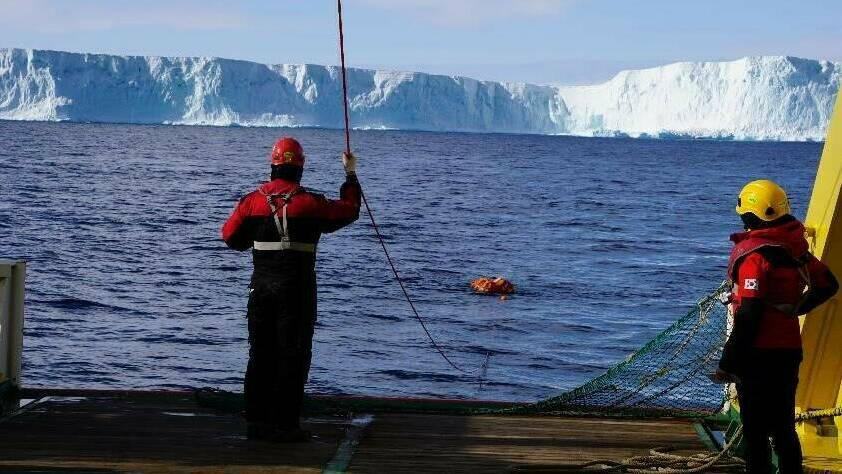
Resource

